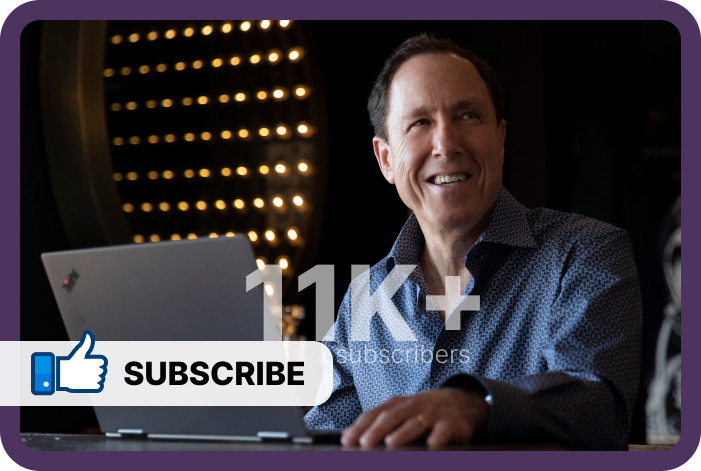What does your sales presentation look like?
It doesn’t matter if it’s a live presentation in front of people, a webinar, or a formal presentation. The real question is…
Do you think that it’s strong enough to convert the leads that are coming in?
If not, I’m here to help.
I’ve spent the last few emails discussing the importance of understanding your audience’s main problems, and for a good reason.
Your ability in that regard can make or break your business.
That’s because whatever problems that you uncover will be an integral part of your sales presentation.
Let’s say that you’re in the coaching business.
A prospect comes in and says that they’re struggling with sales. It’s at that moment that your sales presentation begins. And it should start by restating the problem.
You could say something like:
“So you’re having problems with conversions. As a result, you’re wasting time and energy for very little productivity. It’d almost be better off if you’d hired someone on commission than to keep a full-fledged sales team.”
Do you see what I’m doing here?
I connect the problem with the consequence. And in doing so, I show the prospect that I know what they’re going through.
You can do the same, regardless of what you’re selling. For instance, if someone’s under a lot of stress, it means that they can’t think straight, which leads to poor decision-making.
Similarly, if someone has back pain, they feel old for their age. They’re unable to enjoy life to the fullest.
You must make such a connection at the beginning of your sales presentation. If you’ve added enough value up to that point, this level of understanding will make the client ready to work with you.
After that, you go on to describe how you can solve the problem. This is a topic of its own and something I’ll talk about in my next email.
Be Awesome,
Blair Singer
If you want know the secrets to deliver a powerful presentation to any crowd, online or offline so they trust, love, and respect you within minutes, I’d like to invite you to click here >>

